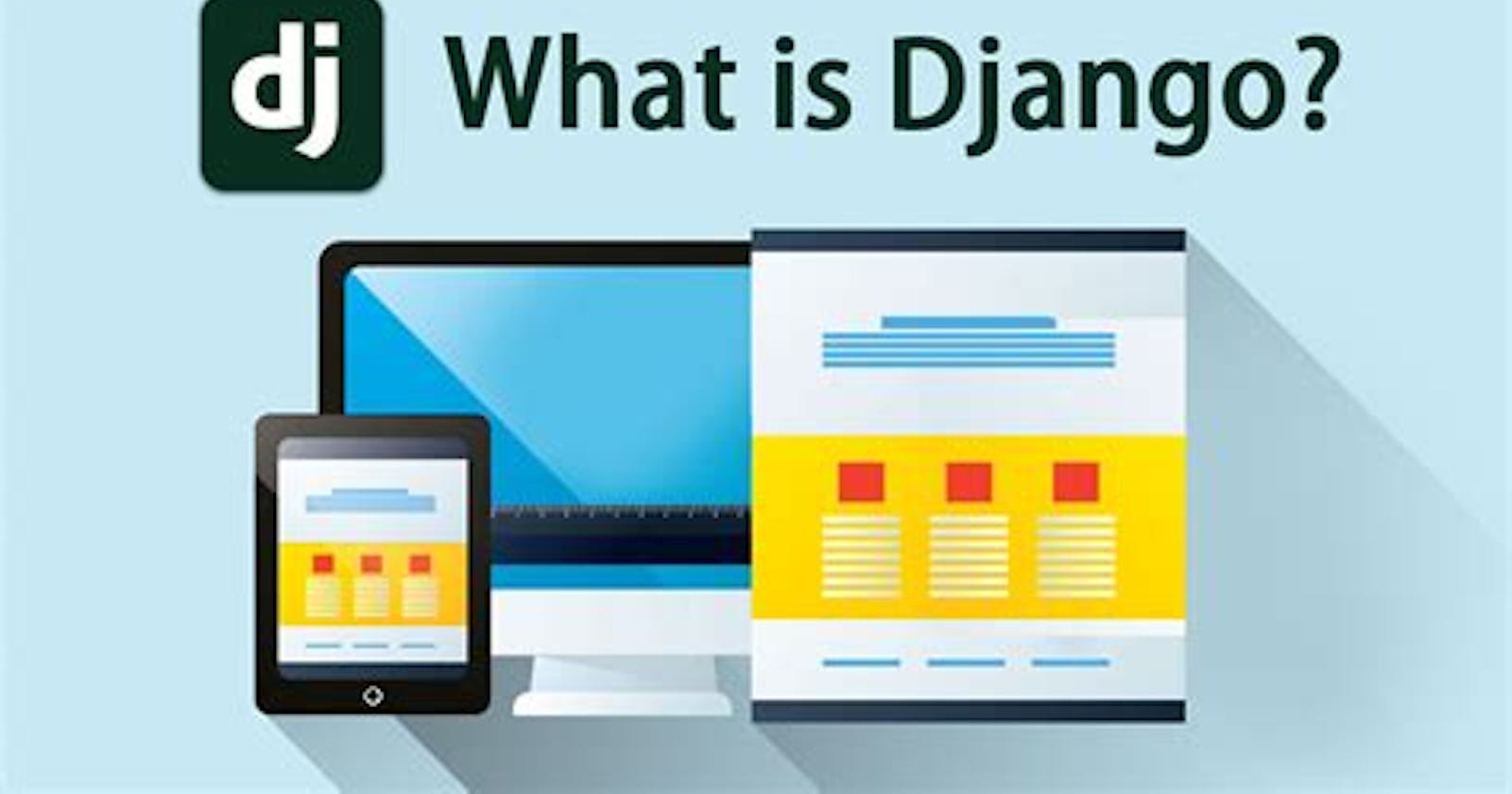Django is a web application framework written in python programming language. It is based on MVT (Model View Template) design pattern. The Django is very demanding due to its rapid development feature. It takes less time to build application after collecting client requirement.
This framework has a famous tag line: The web framework for perfectionists with deadlines.
By using Django, we can build web applications in very less time. Django is designed in such a manner that it handles much of configure things automatically, so we can focus on application development only.
History of Django
Django was designed and developed by Lawrence Journal world in 2003 and publicly released under BSD license in July 2005. Currently, DSF (Django Software Foundation) maintains its development and release cycle.
Django was released on 21, July 2005. Its current stable version is 2.0.3 which was released on 6 march, 2018.
Some well-known sites that use Django include PBS,Instagram,Mozilla, The Washington Times, Disqus, Bitbucket, and Nextdoor.
Features of Django
- Rapid Development:
Django was designed with the intention to make a framework which takes less time to build web applications. The project implementation phase is a very time taken but Django creates it rapidly.
- Secure:
Django takes security seriously and helps developers to avoid many common security mistakes, such as SQL injection, cross-site scripting, cross-site request forgery etc. Its user authentication system provides a way to manage user accounts and passwords.
- Scalable:
Django is scalable in nature has ability to quickly and flexibly switch from small to large scale application project.
- Fully Loaded:
Django includes various helping task modules and libraries which can be used to handle common web development tasks. Django takes care of user authentication, content administration, site maps, RSS feeds etc.
- Versatility:
Django is very versatile in nature which allows it builds applications for different domains. These days, companies are using Django to build various types of applications like content management systems, social networks sites or scientific computing platforms etc.
- Open Source:
Django is an open source web application framework. It is publicly available without cost. It can be downloaded with source code from the public repository. Open source reduces the total cost of the application development.
- Vast and Supported Community:
Django is one of the most popular web framework. It has widely supportive community and channels to share and connect.
You might also be interested in learning that Django was created with front-end developers in mind. “Django’s template language is designed to feel comfortable and easy-to-learn to those used to working with HTML, like designers and front-end developers. But it is also flexible and highly extensible, allowing developers to augment the template language as needed.”
If you’re going to be working with Python, especially for web applications or web design, you’ll want to remember the Django framework. It will certainly come in handy.
If you want to learn more about Django and try it out yourself, there is an official tutorial as well as many more beginner friendly resources available here
